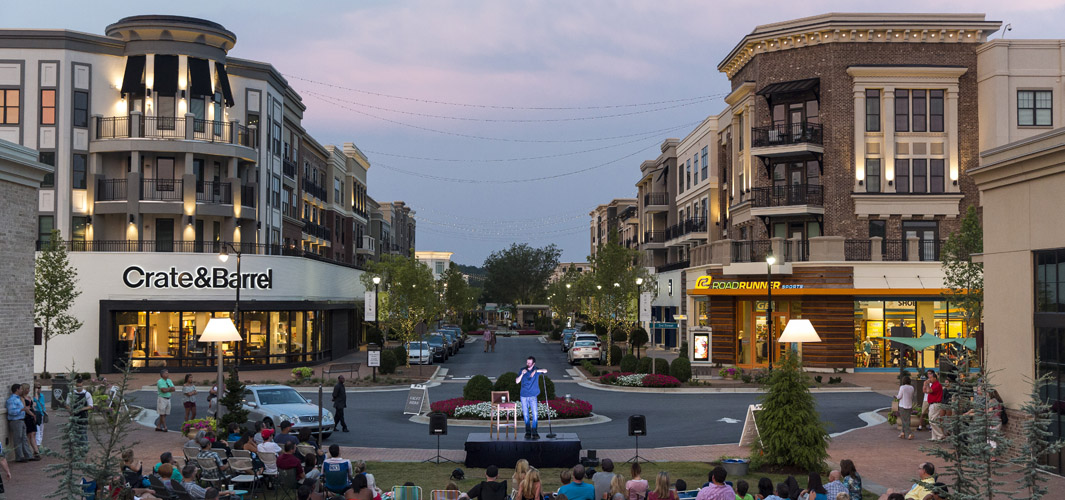How Investors + Developers Pivot to Accommodate Shifting Retail Trends
It’s a simple truth: The retail market and business changes more than any other property type.
In “How Retail is Shifting: A Focus on Malls,” I delved into the changes happening to retail malls. Continuing that idea, let’s take a look at other trends impacting retail real estate and consider how developers and investors are pivoting to take advantage of these trends.
Current Trends Impacting Retail Real Estate
- Bank + Drug Store consolidation and shift to online services
- High-Density Residential Development in urban + close-in suburban areas
- Cultural demand for broader Entertainment Experience + Personal Service
- Continued popularity of Dining Out + Prepared Foods
- Growth of unregulated services, such as Uber
- Growth of Amazon, including its new private-label brand initiative
With these trends in mind, the retail industry’s developers, property owners and retailers must adjust their thinking. Here’s a few ways that’s happening:
Ways Retail Industry Leaders Pivot
- Addition of smaller grocery concepts and service-oriented retailers as part of high-density residential projects. Grocery stores continue to do well, but the concept is changing—you are less likely to see the giant super stores and more likely to see smaller, market-like stores, possibly 15,000 to 20,000 SF, like Sprouts Farmers Market. Some grocers are stripping out extraneous services and focusing solely on groceries and prepared foods, following public demand.
- Shift away from traditional grocery-anchored shopping center with outparcels. While this set-up is certainly not dead, it has become a smaller part of the retail landscape as population growth continues closer to the urban core and transportation hubs. It’s true, however, that even in outlying suburban areas, high-density mixed-use developments, like Avalon in Alpharetta, are supplanting sprawling developments.
- Expansion of existing entertainment services to cater to cultural demand. The movie-going experience has been upgraded to include plush stadium seating, online reservations, full-service bars and fine dining. Even bowling alleys now offer a higher-end food, drink and entertainment experience. Rethinking golf, Top Golf offers a new golf experience, combining climate-controlled hitting bays with a food and drink menu.
- Proliferation of restaurants and increased convenience in accessing them. Restaurants continue to thrive in retail real estate, but you now see more opened within walking distance to new high-density housing. The restaurant proliferation and success is also supported by reservation apps like Open Table and the growth of Uber, enabling patrons to travel farther to restaurants without the concern of drinking and driving.
The Sonenshine Send-Off
So, why is this important? Here are my three primary takeaways:
- Location, location, location. During this time of the Wild West in retail, location could not be more important. Look at it this way: It is considerably easier to fill an empty bank in a good location with a different type of use than one in a bad location. Enough said.
- Being nimble is a good thing. When developing new property or buying existing property, consider how limited the property is to its current use. Flexibility is a must. Always ask yourself: Would the building and parking support an alternative use?
- Stay one step ahead. Property owners need to be awake and alert to any and all changes in their ownership areas because these days, there is no guarantee of who will survive. (Think Blockbuster.) The order of the retail market is shifting; you need to shift with it.
What is your experience with current retail trends impacting the market? What will the retail market look like in the next year? In the next five years?



